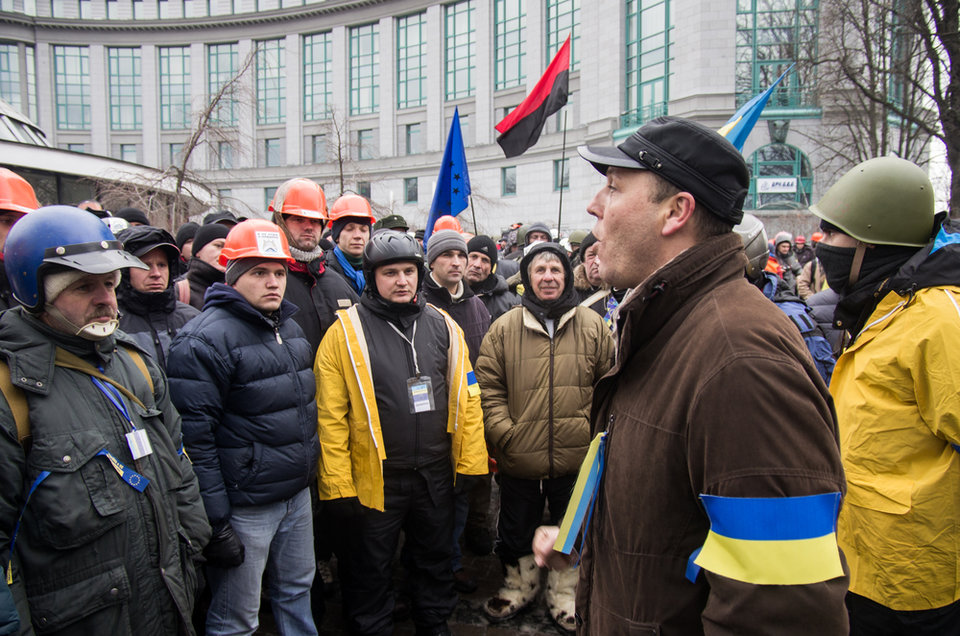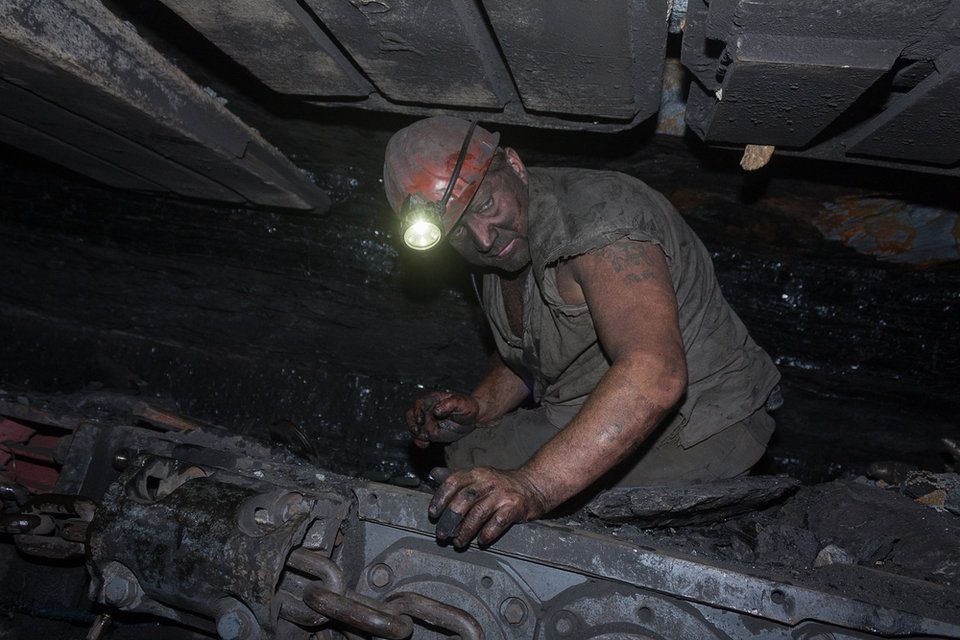A downward-looking telescope: the future of mineral exploration?
The Australian Academy of Science has proposed the ‘downward-looking telescope’, a database featuring a range of geological data that could enable miners to predict changes in the Earth’s mineral composition, and direct new exploration projects. JP Casey takes a closer look
Scroll down to read the article
Mining is big business in Australia. In 2015, the sector contributed 8% to the country’s GDP, and accounted for around 60% of exports. And in the first half of 2018, coal, natural gas and iron ore production helped the rate of GDP growth increase by 0.7%, as the Australian economy grew for the fourth consecutive quarter.
However, finite mineral reserves and a global shift towards renewable energy sources could threaten both the Australian and global mining industry. The Australian Academy of Science (AAS), through its National Committee for Earth Sciences, has therefore proposed a ‘downward-looking telescope’ that can perceive and record previously hidden mineral deposits.
The technology could open up significant tracts of Australian land to mineral exploration and eliminate the expensive and inefficient methods of mineral exploration traditionally used in the sector.
A predictive framework
While the name ‘downward-looking telescope’ conjures images of a giant spyglass pointed towards the centre of the Earth, the technology is essentially a vast database with predictive capabilities.
Professor Sue O’Reilly, chair of the AAS National Committee for Earth Sciences, calls it a ‘virtual telescope’ that builds on previous attempts to catalogue and record the mineral composition of the Earth.
“We’ve developed a GIS platform capable of putting together all the geophysical data available, so we have it all and can overlay all of those on top of one another,” says O’Reilly.
Many of the ore deposits near the Earth’s surface, which are accessible to mining companies, had their contents transported from layers of the Earth beneath the crust, some up to 200km below the surface. The ability to track and record the movements of these deposits sheds light on the historical composition of the Earth’s mantle and crust, and enables scientists to accurately predict how these geological features will change in the future. This gives the technology a powerful predictive capability.
“If we can actually target where there are large-scale discontinuities, we can then target places on the surface of the Earth where those discontinuities now, or would have in the past, come to the surface and been potential sites for ore deposition,” says O’Reilly.
“So it's a virtual telescope leading to clever ways of predicting where we might search for ore bodies much more effectively, much more cost-effectively and with much more success.”
The ability to track and record the movements of these deposits sheds light on the historical composition of the Earth’s mantle and crust

Ukraine’s miners have protested for years against lack of funds for investment. Credit: LongJon/Shutterstock.
The AAS estimates that humans will use as much copper in the next 15 years as has been used to date
The template for mineral exploration
The predictive element of the technology is of interest to mining companies, especially in Australia. Just one-third of the country’s land has been explored by the extractive industry, and O’Reilly predicts that the remaining two-thirds could harbour similarly significant mineral reserves.
Copper and cobalt are of particular interest to Australian mining companies, as demand for both is predicted to increase in the near future. The AAS estimates that humans will use as much copper in the next 15 years as has been used to date, and that global demand for cobalt will be 47 times greater in 2030 compared to today, as both minerals are major components in the batteries used in electric vehicles.
While O’Reilly stresses that the technology is not yet precise enough to completely replace traditional methods of mineral identification, she notes how pilot schemes have demonstrated the potential of the technology to reduce the costs in time and money required to complete exploration projects.
“We had a pilot project with a large, international exploration company that was collecting samples by helicopter down the Andes, and picking up stream samples,” she explains. “We took the zircon from those stream samples, and because we knew the drainage area from which they had been collected, we were able to identify where there was copper of a particular age, and therefore that they are a good exploration target.
“The company told us that the ability to do that gave them information in three months that they would normally take three years to find with normal prospecting methods, and that was just one part of what we envisage to do.
“It's going to be used for what we'll call ‘twenty-first century exploration’, using a predictive framework, rather than using a more reductionist approach that constrained us in the last century, because we didn't have the tools, we didn't have the knowledge, and we didn't have the high-end computing that we need to run large data sets simultaneously.”
The future of the telescope relies on matching contributions from both the Australian Government and private mining companies
More than half of the country’s coal mines are managed by pro-Russian separatist militia. Credit: DmyTo/Shutterstock.

A decade of transition
The telescope is just one of a number of initiatives spearheaded by the academy. It forms a significant part of the Decadal Plan, a ten-year programme to develop geoscientific infrastructure in Australia, including the creation of a National Drilling Initiative and the collection of data through geological surveys. The plan also works alongside the UNCOVER Initiative, which aims to ensure the long-term security of the Australian extractive industry by identifying new mineral deposits that can be mined.
These parallel projects have broadened the work of the AAS from a single piece of technology, the downward-looking telescope, to an international effort to catalogue and understand more of the Earth’s mineral composition.
O’Reilly adds that “Brazil, USGS [in the US] and China have all taken on board the principles of the Decadal Plan and UNCOVER … to create this predictive framework, so it's been an international take-up of that approach.”
This international take-up could help O’Reilly’s teams overcome the most significant obstacle to developing their technology further: funding. The future of the telescope relies on matching contributions from both the Australian Government and private mining companies, but the latter have been unwilling to invest in a project that O’Reilly described as a “concept”.
“It totally depends on the funding,” she explains. “China, once it makes its mind up, has no trouble with the funding; they have a ten-year plan … and they will do it within ten years, no doubt. At the moment I'm in discussions with some Chinese colleagues to cooperate on technologies and on ways that this can be achieved.”
The UNCOVER Initiative has established a detailed costing plan for the telescope, and expects the project to make significant changes to the mining industry within ten years, although much of that is dependent on external funding.
“We call this a decade of transition in geoscience, because we think that the whole way of prosecuting geoscience is going to change over the next ten years,” says O’Reilly.
“It's going to be a digitalised environment, with located data sets overlaid over one another, giving a much more in-depth picture of a particular region, and I think that's going to change the way geoscience is done in general, whether it's for understanding the planet we live on, or whether it's to look for ore deposits in a practical, cost-effective way.”
The future of the telescope relies on matching contributions from both the Australian Government and private mining companies